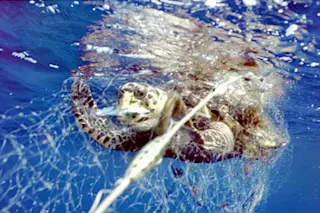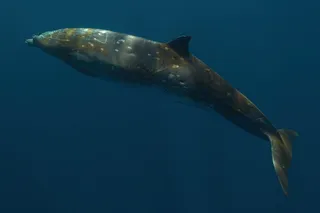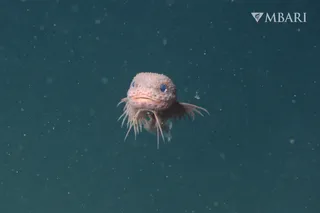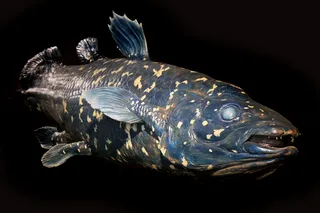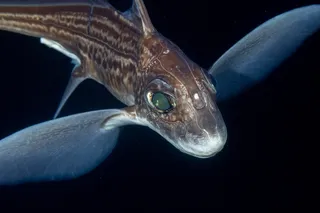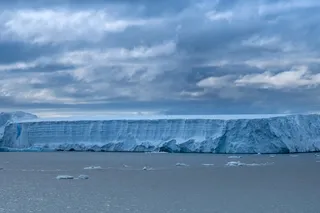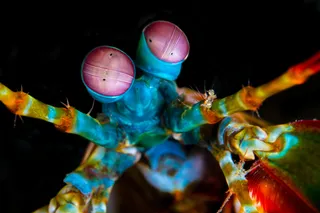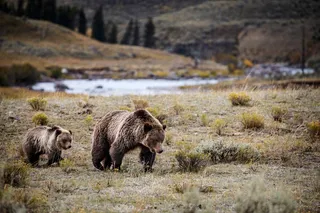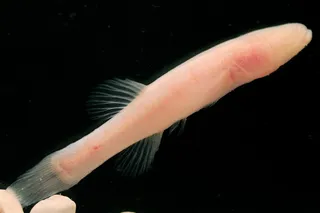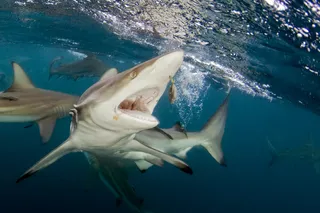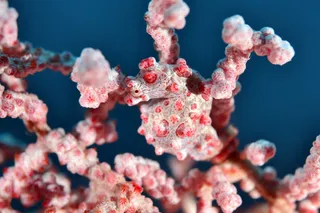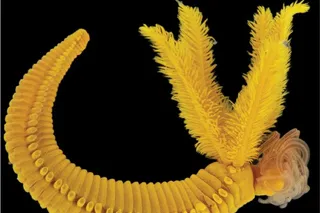We already knew that great numbers of sea turtles are killed when they're caught up in the nets used by fishing operations around the world. But according to a study in Conservation Letters, the actual number of turtles accidentally killed over the last two decades has been vastly underestimated: Rather than counting in tens of thousands, study author Bryan Wallace argues, commercial fishing has probably killed sea turtles in the millions. The official records show about 85,000 turtles killed by fishing operations from 1990 to 2008. But Wallace, the science adviser for Conservation International's sea turtle program, says that's deceptively small accounting.
"Because the reports we reviewed typically covered less than 1% of all fleets, with little or no information from small-scale fisheries around the world, we conservatively estimate that the true total is probably not in tens of thousands, but in the millions of turtles taken as bycatch in ...


